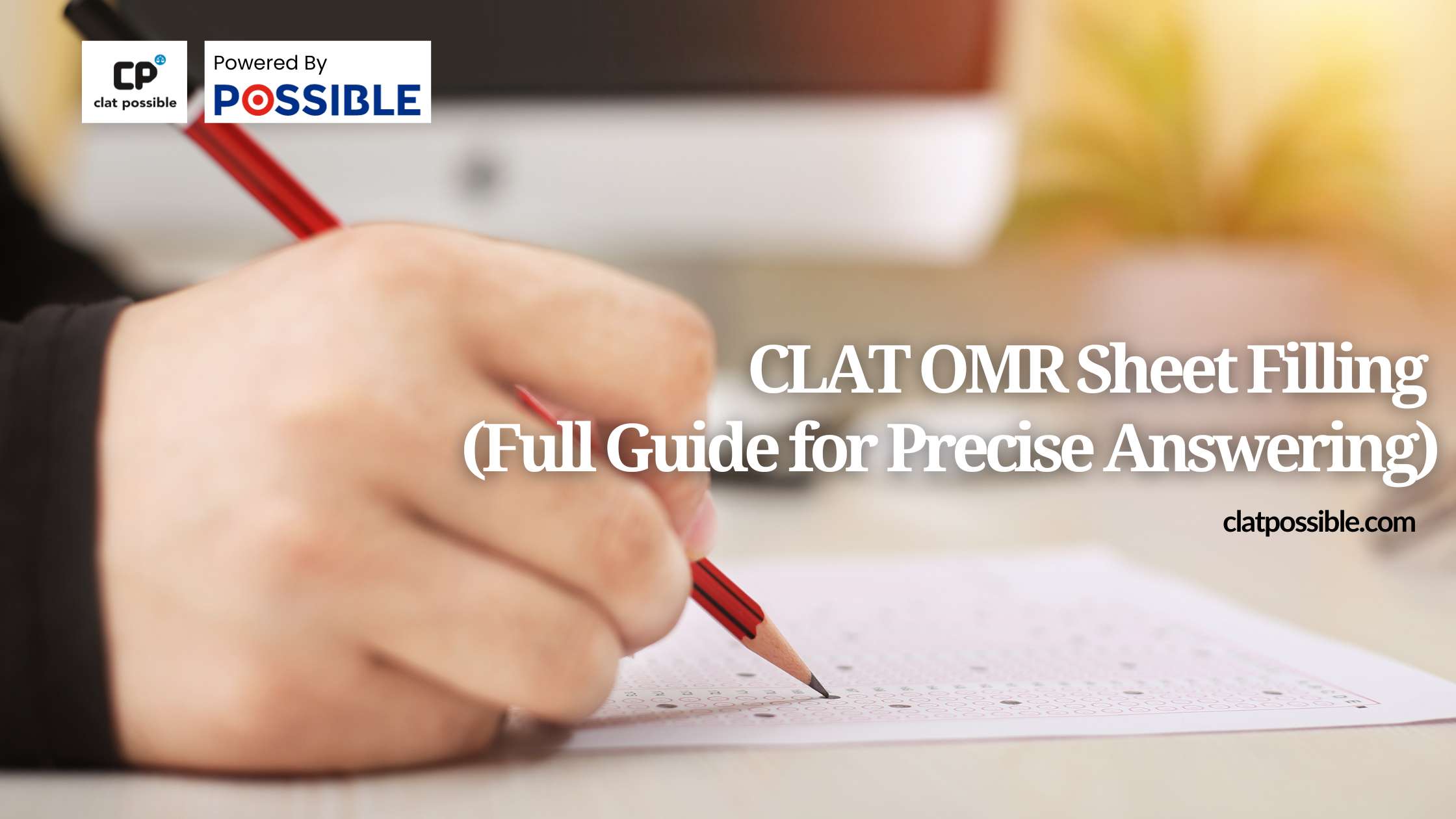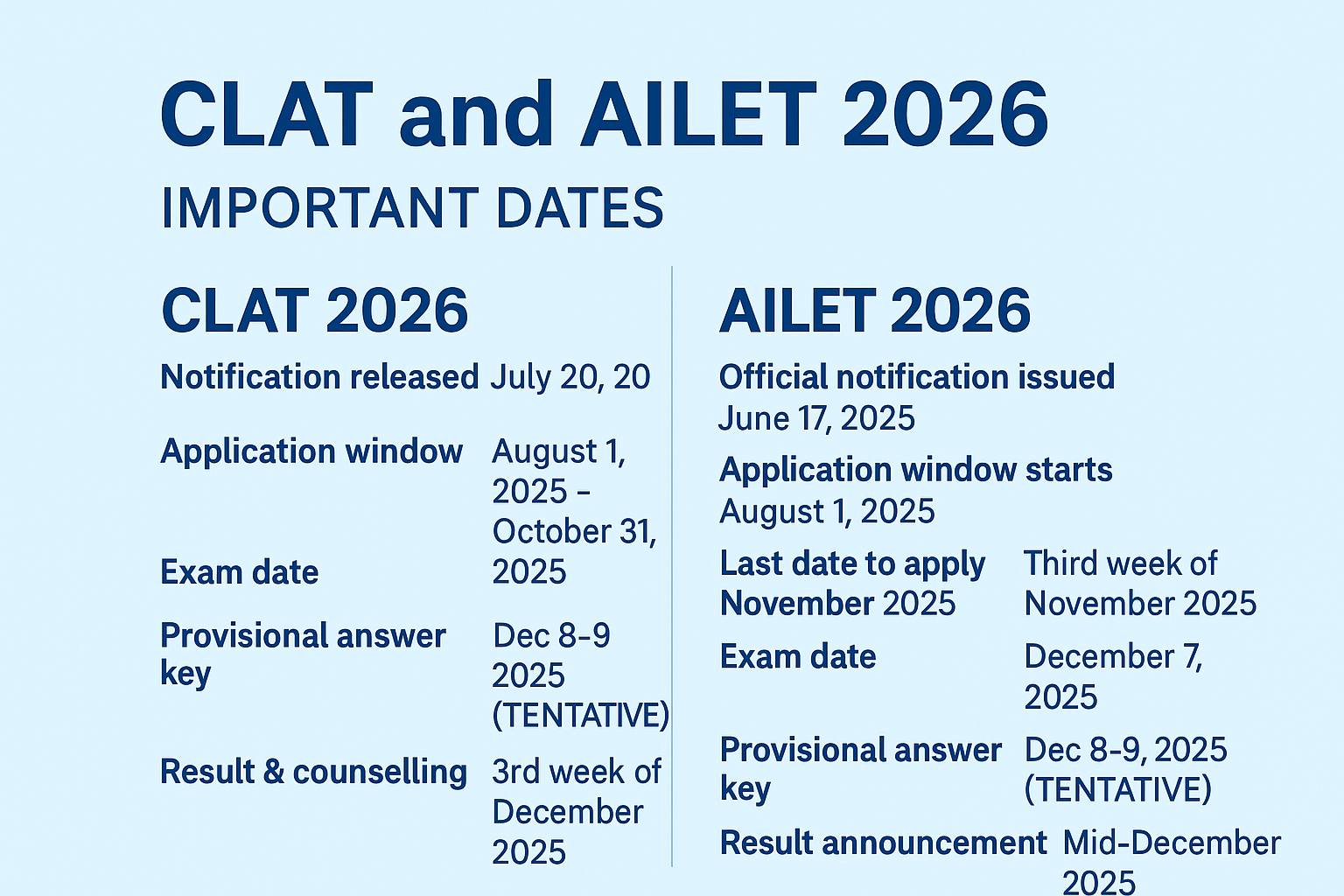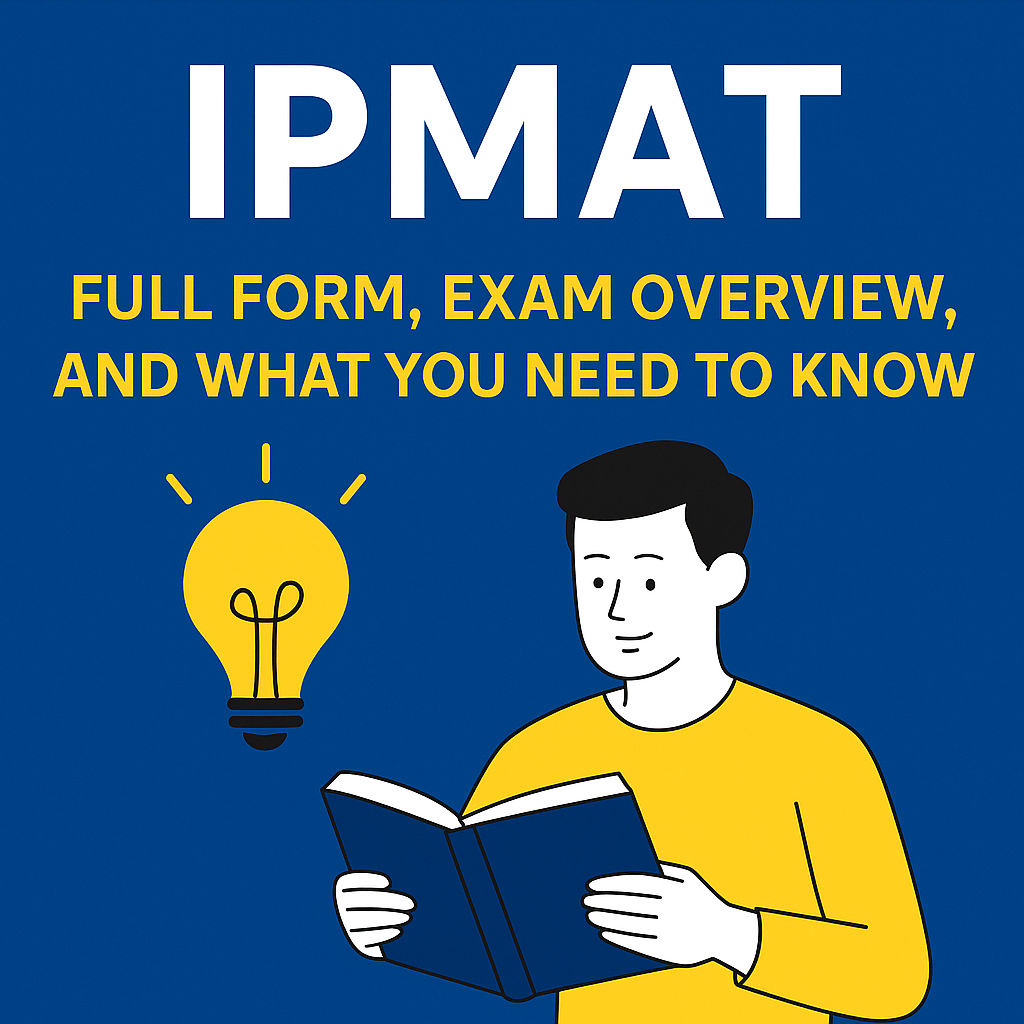By I Oct 30, 2023

For aspirants vying for a spot in India’s elite law schools, clearing the Common Law Admission Test (CLAT) is a significant achievement. But while they focus on the rigours of preparation, many overlook the pivotal role of the Optical Mark Recognition (OMR) sheet. This seemingly innocuous sheet bridges your answers to your scores, and any errors could jeopardise your results.
Discover the intricacies of accurate OMR sheet filling for the CLAT exam with this guide. From the ideal moment to mark your answers to the strategies that can refine your test-taking experience, we're here to help you tread the path to CLAT success with precision.
General Tips for Accurate OMR Sheet Filling in CLAT
Approach your OMR sheet with a systematic strategy for exams of such high stakes:
Read and Comprehend the Instructions: Initiate your exam by carefully perusing the OMR sheet's instructions. Familiarize yourself with any unique rules.
Pen Selection Matters: Opt for a black or blue ballpoint pen with consistent ink flow. Steer clear of gel pens, pencils, or fading ink pens.
Fill Bubbles Completely: Ensure to fill the bubbles entirely and neatly. Scanners may bypass incomplete markings.
Stay Inside the Lines: Avoid stray marks; ensure your marks are confined within the designated spaces to prevent scanning errors.
Match with Question Numbers: Align your answers with the question numbers on your exam paper meticulously.
Mind Negative Marking: In case of negative marking, consider leaving uncertain questions unanswered.
Manage Time Wisely: Balance your time between answering questions and filling the OMR sheet within the provided duration.
Stay Calm Under Pressure: A calm mind reduces the odds of errors on the OMR sheet.
Submit On Time: Prioritize timely submission, following the protocols set by the invigilators.
Practice Makes Perfect: Engage with sample OMR sheets in your prep phase for a smoother exam experience.
Also Read: CLAT Logical Reasoning: Tips & Tricks for Full Marks
Choosing Your OMR Sheet Filling Strategy
Deciding when to shade in your answers is crucial. Explore these strategies:
Filling After Each Question: Some students mark answers immediately to reduce chances of overlooking them later and maintaining exam pace.
Filling After Each Section: Marking after each section helps maintain focus and gives you a time buffer.
Filling at the End of the Paper: Marking all at once post answering allows full concentration on the paper and efficient time management.
Conclusion:
Your strategy should mirror your comfort and efficiency. The right approach, coupled with the highlighted general tips, paves the way for a successful CLAT performance. Excel not just in your exam but also in OMR sheet filling. Embark on your promising legal journey from here.
Best of luck!
Frequently Asked Questions (FAQs)
Q1. What is the significance of the OMR sheet in CLAT?
Answer: The OMR sheet translates a candidate's answers into scores. Accurate filling ensures the correct representation of a student's performance.
Q2. Which pen should I use for the OMR sheet?
Answer: Always use a reliable black or blue ballpoint pen. Avoid gel pens or pencils.
Q3. Is it okay to fill the bubbles partially?
Answer: No, always fill the bubbles completely to ensure scanners recognize your answers.
Q4. When should I opt to fill the OMR sheet?
Answer: The choice varies – after each question, post completing a section, or at the exam's end. Choose as per your comfort and strategy.
Q5. Is there negative marking in CLAT?
Answer: Yes, CLAT typically employs negative marking. Exercise caution while answering uncertain questions.
For more details, always refer to the official CLAT guidelines and instructions.
Hope this blog provides clarity on mastering the OMR sheet filling process for the CLAT exam! Remember, it's not just about the answers but also about representing them correctly. For more informative blogs on CLAT 2024, Click Here!



